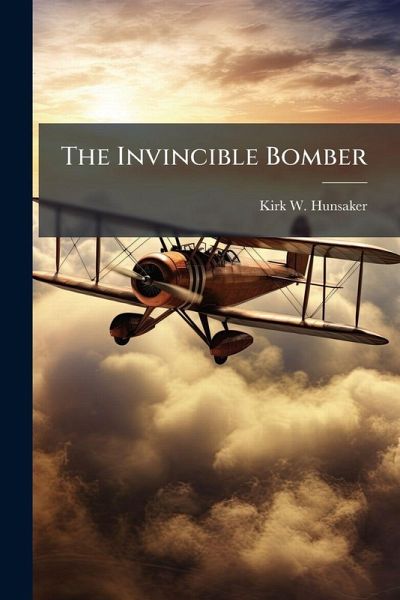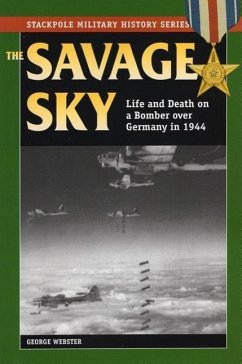
The Invincible Bomber

PAYBACK Punkte
8 °P sammeln!
This study attempts to enhance understanding of the American strategic bombing crisis that occurred in Europe during 1943, when heavy losses of unescorted bombers temporarily derailed the air campaign against Germany. Most analyses of the crisis conclude that the United States erred by not designing a long-range escort fighter earlier. In contrast, this thesis investigates the development, evolution, and execution of Air Corps strategic bombing doctrine over the period from the end of World War I to just following the second Schweinfurt bombing mission in October 1943. Affected by the contextu...
This study attempts to enhance understanding of the American strategic bombing crisis that occurred in Europe during 1943, when heavy losses of unescorted bombers temporarily derailed the air campaign against Germany. Most analyses of the crisis conclude that the United States erred by not designing a long-range escort fighter earlier. In contrast, this thesis investigates the development, evolution, and execution of Air Corps strategic bombing doctrine over the period from the end of World War I to just following the second Schweinfurt bombing mission in October 1943. Affected by the contextual factors of technological maturity, aircraft production, and military financing, pre-World War II air doctrine focused on the potentially decisive effects of strategic bombing. Gradually, this line of thinking came to dominate the Air Corps, manifesting itself in a powerful and resilient idea that the bomber was invincible. Ultimately, this unofficial doctrine, with its cultural and political baggage, played a major role in shaping the United States' effort in World War II. The wartime manifestation of this doctrine was the creation of the VIII Bomber Command in England. Through the latter half of 1942 and most of 1943, this Command, along with its parent organization, the Eighth Air Force, struggled to implement American strategic bombing theory. This work has been selected by scholars as being culturally important, and is part of the knowledge base of civilization as we know it. This work was reproduced from the original artifact, and remains as true to the original work as possible. Therefore, you will see the original copyright references, library stamps (as most of these works have been housed in our most important libraries around the world), and other notations in the work. This work is in the public domain in the United States of America, and possibly other nations. Within the United States, you may freely copy and distribute this work, as no entity (individual or corporate) has a copyright on the body of the work. As a reproduction of a historical artifact, this work may contain missing or blurred pages, poor pictures, errant marks, etc. Scholars believe, and we concur, that this work is important enough to be preserved, reproduced, and made generally available to the public. We appreciate your support of the preservation process, and thank you for being an important part of keeping this knowledge alive and relevant.












